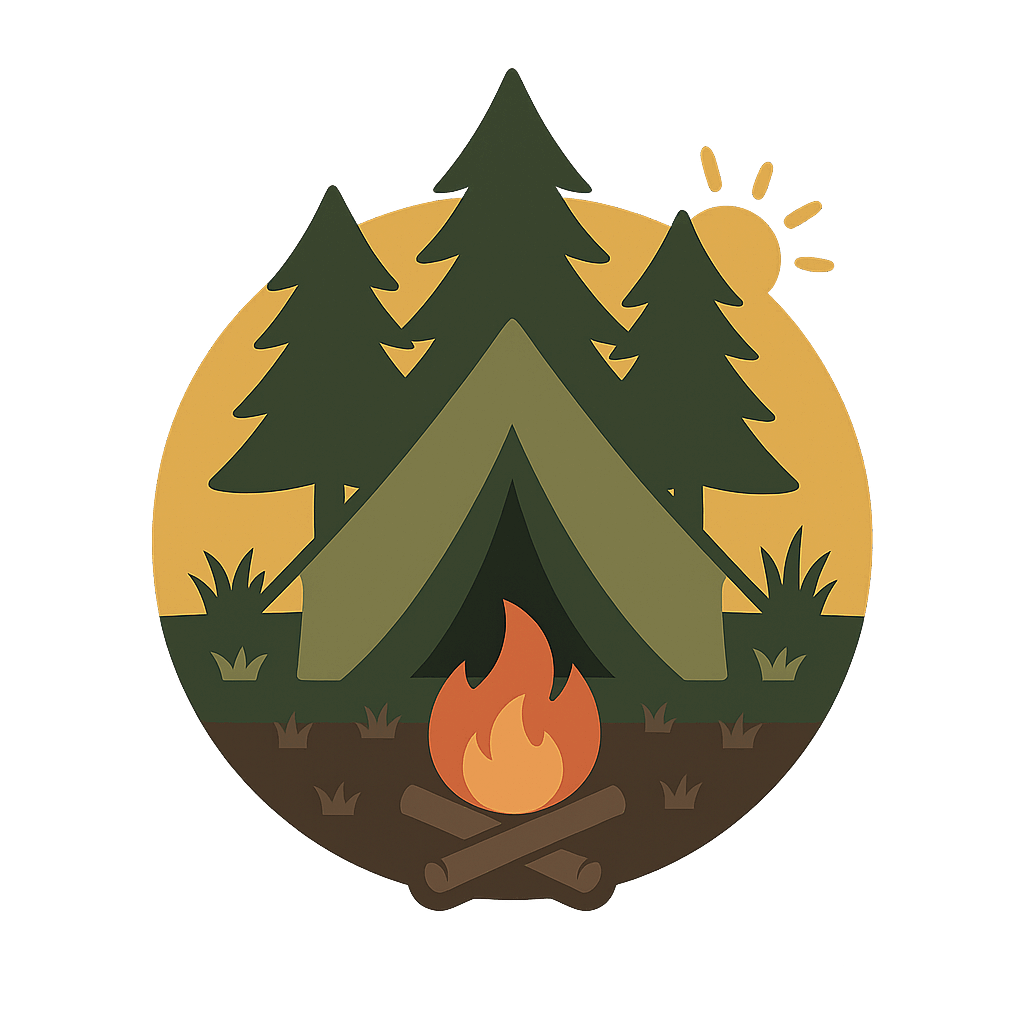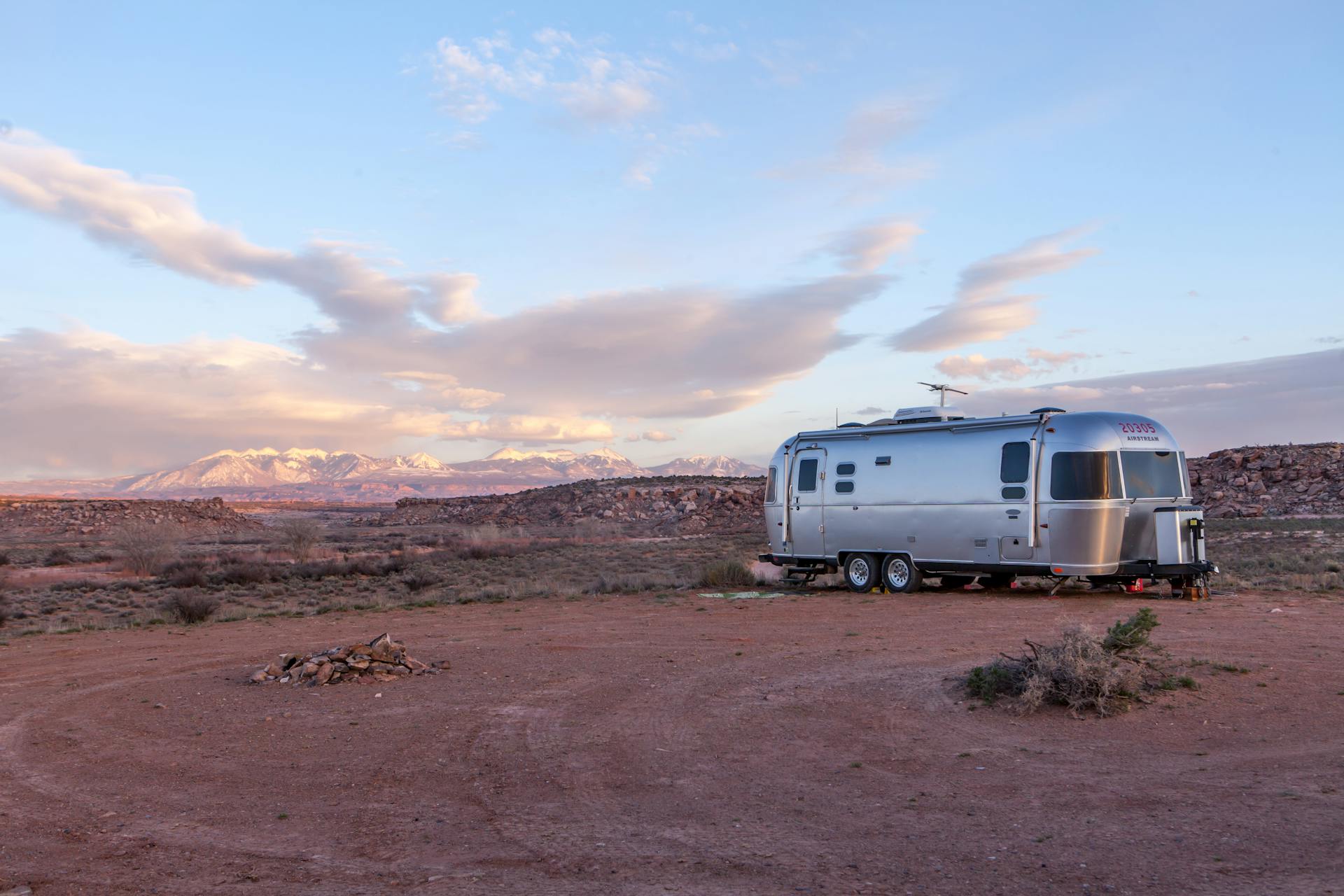The Mojave Desert in California is a vast and captivating landscape that offers a unique camping experience· With its stunning vistas, diverse wildlife, and extreme temperatures, camping in the Mojave Desert requires careful planning and preparation· In this article, we will provide you with essential tips to make your camping trip in the Mojave Desert a safe and memorable adventure·
Choosing the Right Time to Camp in the Mojave Desert
One of the most crucial factors to consider when planning a camping trip in the Mojave Desert is the time of year· The desert experiences scorching temperatures during the summer months, with average highs exceeding 100°F (38°C)· Therefore, it is advisable to avoid camping in the Mojave Desert during the peak summer season· Instead, opt for spring or fall when temperatures are more moderate, ranging from 70°F to 90°F (21°C to 32°C)· This will ensure a more comfortable camping experience and reduce the risk of heat-related illnesses·
Essential Gear and Supplies for Camping in the Mojave Desert
When camping in the Mojave Desert, it is crucial to have the right gear and supplies to ensure your safety and comfort· Firstly, invest in a high-quality tent that provides adequate ventilation and protection from the elements· The desert can experience sudden sandstorms, so a sturdy tent is essential· Additionally, bring a sleeping bag suitable for desert temperatures, as nights can be surprisingly cold·
Other essential gear includes a reliable camping stove, plenty of water containers, and a first aid kit· It is recommended to bring at least one gallon of water per person per day, as staying hydrated is crucial in the desert· Sunscreen, hats, and lightweight, breathable clothing are also essential to protect yourself from the intense sun·
Finding the Perfect Campsite in the Mojave Desert
Choosing the right campsite is essential for a successful camping trip in the Mojave Desert· Look for established campgrounds that offer amenities such as toilets, picnic tables, and fire pits· Popular campgrounds in the Mojave Desert include Joshua Tree National Park and Mojave National Preserve· These areas provide designated campsites and are well-maintained, ensuring a comfortable camping experience·
If you prefer a more secluded camping experience, consider dispersed camping· This allows you to camp outside of designated campgrounds, but it is important to follow Leave No Trace principles and obtain any necessary permits· Research the regulations and restrictions of the specific area you plan to camp in, as some areas may have restrictions on campfires or require advance reservations·
Staying Hydrated and Beating the Heat in the Mojave Desert
Staying hydrated is crucial when camping in the Mojave Desert, as the arid climate can quickly lead to dehydration· Drink plenty of water throughout the day, even if you do not feel thirsty· Avoid alcohol and caffeine, as they can contribute to dehydration· Additionally, wear lightweight, breathable clothing that provides sun protection and helps regulate body temperature·
To beat the heat, plan your activities for the cooler parts of the day, such as early morning or late afternoon· Take frequent breaks in shaded areas and use a portable shade structure or umbrella to create shade at your campsite· It is also advisable to bring a portable misting fan or wet towels to cool down during the hottest hours·
Wildlife Safety Tips for Camping in the Mojave Desert
The Mojave Desert is home to a variety of wildlife, including snakes, scorpions, and coyotes· While encounters with wildlife are rare, it is essential to take precautions to ensure your safety· Keep your campsite clean and free of food scraps to avoid attracting animals· Store food securely in bear-resistant containers or hang it from a tree branch out of reach of wildlife·
When hiking or exploring, be aware of your surroundings and watch for snakes or other potentially dangerous animals· Wear sturdy, closed-toe shoes and avoid reaching into crevices or under rocks where snakes may hide· If you encounter a snake, give it a wide berth and slowly back away· It is also advisable to carry a snakebite kit and know how to use it in case of an emergency·
Exploring the Unique Flora and Fauna of the Mojave Desert
The Mojave Desert is home to a diverse range of flora and fauna that have adapted to survive in the harsh desert environment· One of the most iconic plants in the Mojave Desert is the Joshua Tree, which can be found in abundance in Joshua Tree National Park· These unique trees provide a stunning backdrop for camping and offer opportunities for photography and exploration·
Other notable plants in the Mojave Desert include the Mojave yucca, creosote bush, and various cacti species· Keep in mind that it is illegal to remove or damage any plants or wildlife in national parks or protected areas· Take the time to appreciate the beauty of the desert while leaving it undisturbed for future generations to enjoy·
Navigating the Mojave Desert: Maps and Navigation Tips
Navigating the Mojave Desert can be challenging, as the landscape can be vast and featureless· It is essential to have a reliable map and compass or a GPS device to ensure you do not get lost· Familiarize yourself with the area before your trip and mark key landmarks or waypoints on your map·
When hiking or exploring, always let someone know your planned route and estimated return time· Stick to established trails whenever possible and avoid venturing off into unknown areas· If you do find yourself lost, stay calm and retrace your steps or find a high point to get a better view of your surroundings· It is also advisable to carry a whistle or signal mirror to attract attention if needed·
Leave No Trace: Responsible Camping Practices in the Mojave Desert
Responsible camping practices are crucial to preserve the fragile ecosystem of the Mojave Desert· Follow the principles of Leave No Trace, which include packing out all trash, disposing of human waste properly, and minimizing campfire impacts· Use designated fire rings or bring a portable camping stove instead of building a fire, as the desert is prone to wildfires·
Respect wildlife and observe from a distance, refraining from feeding or approaching animals· Stay on designated trails to avoid damaging fragile desert vegetation· By practicing responsible camping, you can help protect the Mojave Desert for future generations to enjoy·
In conclusion, camping in the Mojave Desert offers a unique and awe-inspiring experience· By choosing the right time to camp, having essential gear and supplies, finding the perfect campsite, staying hydrated, practicing wildlife safety, exploring the unique flora and fauna, navigating with maps, and practicing responsible camping, you can ensure a safe and memorable adventure in this captivating desert landscape· So, plan your trip, prepare accordingly, and get ready to immerse yourself in the beauty of the Mojave Desert·

